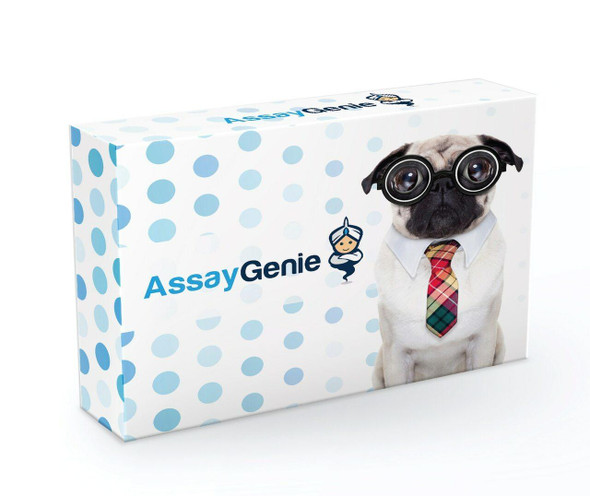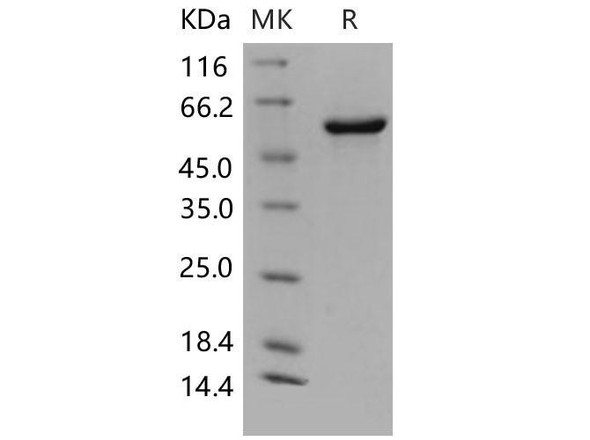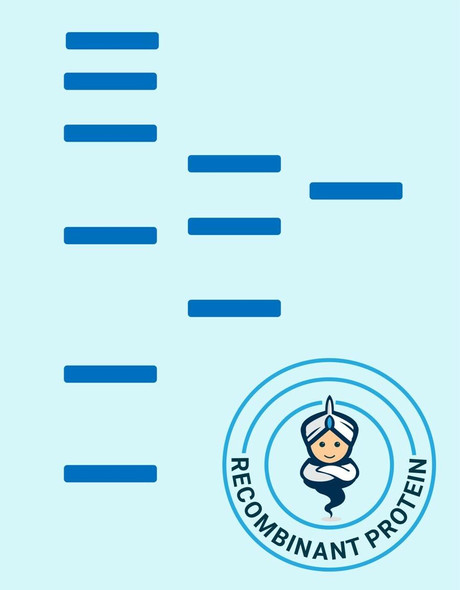Description
P4hb Antibody (PACO28786)
The P4HB Polyclonal Antibody (PAC028786) is a vital tool for researchers studying P4HB, a multifunctional protein involved in protein folding and redox regulation. This antibody, generated in rabbits, exhibits strong reactivity with human samples and has been validated for use in Western blotting applications. By specifically binding to the P4HB protein, this antibody enables precise detection and analysis in a variety of cell types, making it an essential tool for studies in biochemistry and disease research.P4HB, also known as protein disulfide isomerase, plays a crucial role in maintaining protein structure and function by catalyzing disulfide bond formation.
Its involvement in redox signaling pathways and protein folding processes makes it a key player in cellular homeostasis and disease progression. Research on P4HB is vital for understanding diseases such as cancer, neurodegenerative disorders, and cardiovascular diseases, where protein misfolding and oxidative stress are implicated.Harnessing the power of the P4HB Polyclonal Antibody allows researchers to delve deeper into the mechanisms underlying protein folding and redox regulation, paving the way for the development of new therapeutic strategies targeting P4HB-related pathways in various medical conditions.
| Antibody Name: | P4hb Antibody (PACO28786) |
| Antibody SKU: | PACO28786 |
| Size: | 50ug |
| Host Species: | Rabbit |
| Tested Applications: | ELISA |
| Recommended Dilutions: | |
| Species Reactivity: | Mouse |
| Immunogen: | Recombinant Mouse Protein disulfide-isomerase protein (20-509AA) |
| Form: | Liquid |
| Storage Buffer: | Preservative: 0.03% Proclin 300 Constituents: 50% Glycerol, 0.01M PBS, PH 7.4 |
| Purification Method: | >95%, Protein G purified |
| Clonality: | Polyclonal |
| Isotype: | IgG |
| Conjugate: | Non-conjugated |
| Background: | This multifunctional protein catalyzes the formation, breakage and rearrangement of disulfide bonds. At the cell surface, seems to act as a reductase that cleaves disulfide bonds of proteins attached to the cell. May therefore cause structural modifications of exofacial proteins. Inside the cell, seems to form/rearrange disulfide bonds of nascent proteins. At high concentrations, functions as a chaperone that inhibits aggregation of misfolded proteins. At low concentrations, facilitates aggregation (anti-chaperone activity). May be involved with other chaperones in the structural modification of the TG precursor in hormone biogenesis. Also acts a structural subunit of various enzymes such as prolyl 4-hydroxylase and microsomal triacylglycerol transfer protein MTTP |
| Synonyms: | Protein disulfide-isomerase (PDI) (EC 5.3.4.1) (Cellular thyroid hormone-binding protein) (Endoplasmic reticulum resident protein 59) (ER protein 59) (ERp59) (Prolyl 4-hydroxylase subunit beta) (p55), P4hb, Pdia1 |
| UniProt Protein Function: | PDIA1: This multifunctional protein catalyzes the formation, breakage and rearrangement of disulfide bonds. At the cell surface, seems to act as a reductase that cleaves disulfide bonds of proteins attached to the cell. May therefore cause structural modifications of exofacial proteins. Inside the cell, seems to form/rearrange disulfide bonds of nascent proteins. At high concentrations, functions as a chaperone that inhibits aggregation of misfolded proteins. At low concentrations, facilitates aggregation (anti-chaperone activity). May be involved with other chaperones in the structural modification of the TG precursor in hormone biogenesis. Also acts a structural subunit of various enzymes such as prolyl 4-hydroxylase and microsomal triacylglycerol transfer protein MTTP. Homodimer. Monomers and homotetramers may also occur. Also constitutes the structural subunit of prolyl 4-hydroxylase and of the microsomal triacylglycerol transfer protein MTTP in mammalian cells. Stabilizes both enzymes and retain them in the ER without contributing to the catalytic activity. Binds UBQLN1. Binds to CD4, and upon HIV-1 binding to the cell membrane, is part of a P4HB/PDI-CD4-CXCR4-gp120 complex. Belongs to the protein disulfide isomerase family. |
| UniProt Protein Details: | Protein type:Isomerase; Nuclear receptor co-regulator; EC 5.3.4.1; Endoplasmic reticulum; Oxidoreductase Cellular Component: focal adhesion; membrane; endoplasmic reticulum; plasma membrane; ER-Golgi intermediate compartment Molecular Function:enzyme binding; procollagen-proline 4-dioxygenase activity; protein heterodimerization activity; protein disulfide isomerase activity; isomerase activity; peptidyl-proline 4-dioxygenase activity Biological Process: protein folding; cell redox homeostasis; peptidyl-proline hydroxylation to 4-hydroxy-L-proline |
| UniProt Code: | P09103 |
| NCBI GenInfo Identifier: | 42415475 |
| NCBI Gene ID: | 18453 |
| NCBI Accession: | NP_035162.1 |
| UniProt Secondary Accession: | P09103,Q922C8, |
| UniProt Related Accession: | P09103 |
| Molecular Weight: | 60.8kDa |
| NCBI Full Name: | protein disulfide-isomerase |
| NCBI Synonym Full Names: | prolyl 4-hydroxylase, beta polypeptide |
| NCBI Official Symbol: | P4hb |
| NCBI Official Synonym Symbols: | PDI; Thbp; ERp59; Pdia1 |
| NCBI Protein Information: | protein disulfide-isomerase; p55; ER protein 59; protein disulfide isomerase; prolyl 4-hydroxylase subunit beta; cellular thyroid hormone-binding protein; endoplasmic reticulum resident protein 59 |
| UniProt Protein Name: | Protein disulfide-isomerase |
| UniProt Synonym Protein Names: | Cellular thyroid hormone-binding protein; Endoplasmic reticulum resident protein 59; ER protein 59; ERp59; Prolyl 4-hydroxylase subunit beta; p55 |
| UniProt Gene Name: | P4hb |
| UniProt Entry Name: | PDIA1_MOUSE |










